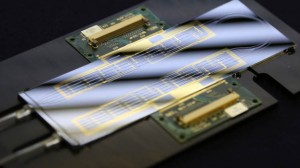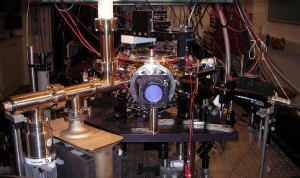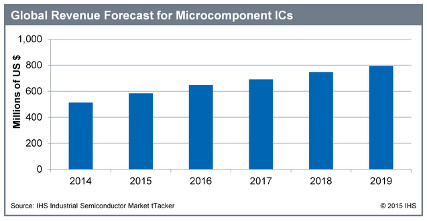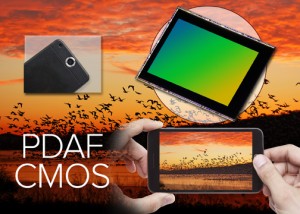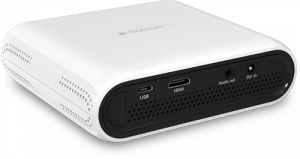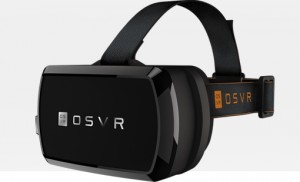Researchers from the University of Bristol and Nippon Telegraph and Telephone (NTT) have built a programmable optical chip that can process photons for quantum computer research.
“A whole field of research has essentially been put onto a single optical chip that is easily controlled. Now anybody can run their own experiments with photons, much like they operate any other piece of software on a computer. They no longer need to convince a physicist to devote many months of their life to build and conduct a new experiment,” said project leader Dr Anthony Laing.
In a demonstration, the chip was re-programmed to perform a number of different experiments, each of which, said the university, would previously have taken months to build.
“Once we wrote the code for each circuit, it took seconds to re-programme the chip, and milliseconds for the chip to switch to the new experiment. We carried out a year’s worth of experiments in a matter of hours,” said Bristol post-grad Jacques Carolan.
The linear optical chip has six modes and consists of 15 cascaded Mach-Zehnder interferometers with 30 thermally driven phase shifters.
All the phase shifters can be set arbitrarily, up to six photons can be inserted, and they can be measured with a photon detector system.
“We programmed this system to implement heralded quantum logic and entangling gates, boson sampling with verification tests, and six-dimensional complex Hadamards,” said the University. “We implemented 100 Haar random unitaries with an average fidelity of 0.999 ± 0.001. Our system can implement any linear optical protocol.”
‘Universal linear optics‘, a paper describing the work, is published in the on-line journal Science.

